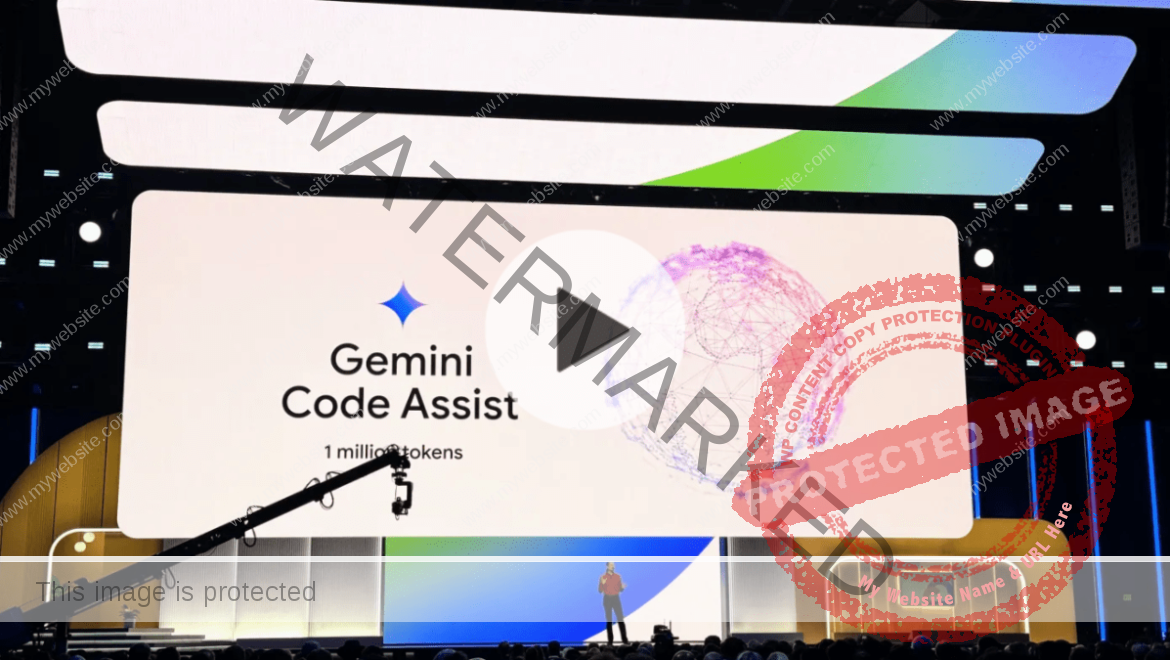Watch: Elon Musk’s big plans for xAI include raising $6 billion
TechCrunch recently broke the news that Elon Musk’s xAI is raising $6 billion at a pre-money valuation of $18 billion.
The deal hasn’t closed yet, so the numbers could change. But it sounds like Musk is making an ambitious pitch to investors about his 10-month-old startup — a rival to OpenAI, which he also co-founded and is currently suing for allegedly abandoning its initial commitment to focus on the good of humanity over profit.
You may be wondering: Doesn’t Musk have enough companies already? There’s Tesla, SpaceX, X (formerly Twitter), Neuralink, The Boring Company … maybe he should spend his time on the existing businesses that have struggles of their own.
But in the xAI pitch, Musk’s connection to these other companies is a feature, not a bug. xAI could get access to crucial training data from across his empire — and its technology could, in turn, help Tesla achieve its dream of true self-driving cars and bring its humanoid Optimus robot into factories.
Of course, Musk’s hype doesn’t always match up to reality. But with this impressive new funding, xAI could become an even more formidable competitor in the AI world. Hit play, then leave your thoughts below!

















